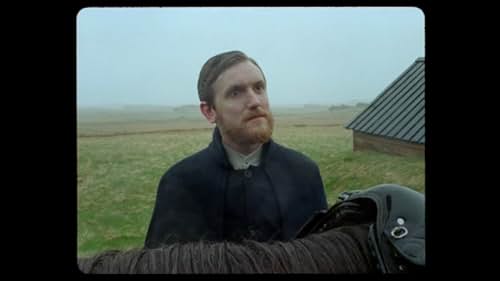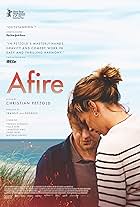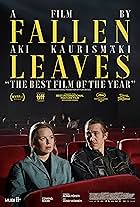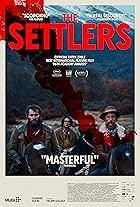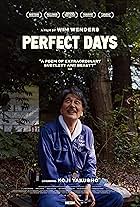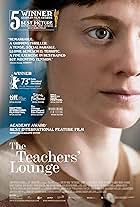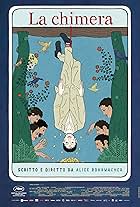Iceland is terrible and beautiful.
A wooden trunk is uncovered with seven photographs in it from a hundred and fifty years ago in Iceland. The trunk belonged to a Danish priest who died there. Among the images are snow covered mountain ridges, a waterfall, glacier, and a portrait of a girl on a horse. Godland imagines the circumstances of how the photographs were taken.
A young Danish priest, Lucas, is assigned to a remote Icelandic village. He is told to adapt to the people and place, but because he is arrogant, he does neither. Against the advice of his guide and despite freezing rain and snow, Lucas insists upon going into the mountains and crossing a treacherous river. By the time they make it to his assigned village, Lucas is miserable, detested, isolated, and barely alive. Lucas is destined to become a part of Iceland, but not in the way he desires.
The sights and sounds of Godland are exquisite and resplendent. Listen to the women and birds singing, the ocean swells, the roar of a waterfall, a fierce river current, and volcano rumbling. Peer beneath the surface of the river, look across ice fields and canyons, see raindrops beginning to fall on smooth and sable stone, find your way through the thick fog, and gaze up close into a woman's eyes.
One of Lucas' greatest mistakes is seeing himself apart from nature, animals, and the local people. In showing the cycles of the seasons, and of life and death, Godland gently makes us aware of this crime. It is just one of the many wonders and complexities of this compelling, visually stunning, and thought-provoking film.
Godland premiered in Cannes and I saw it at the Toronto International Film Festival.

